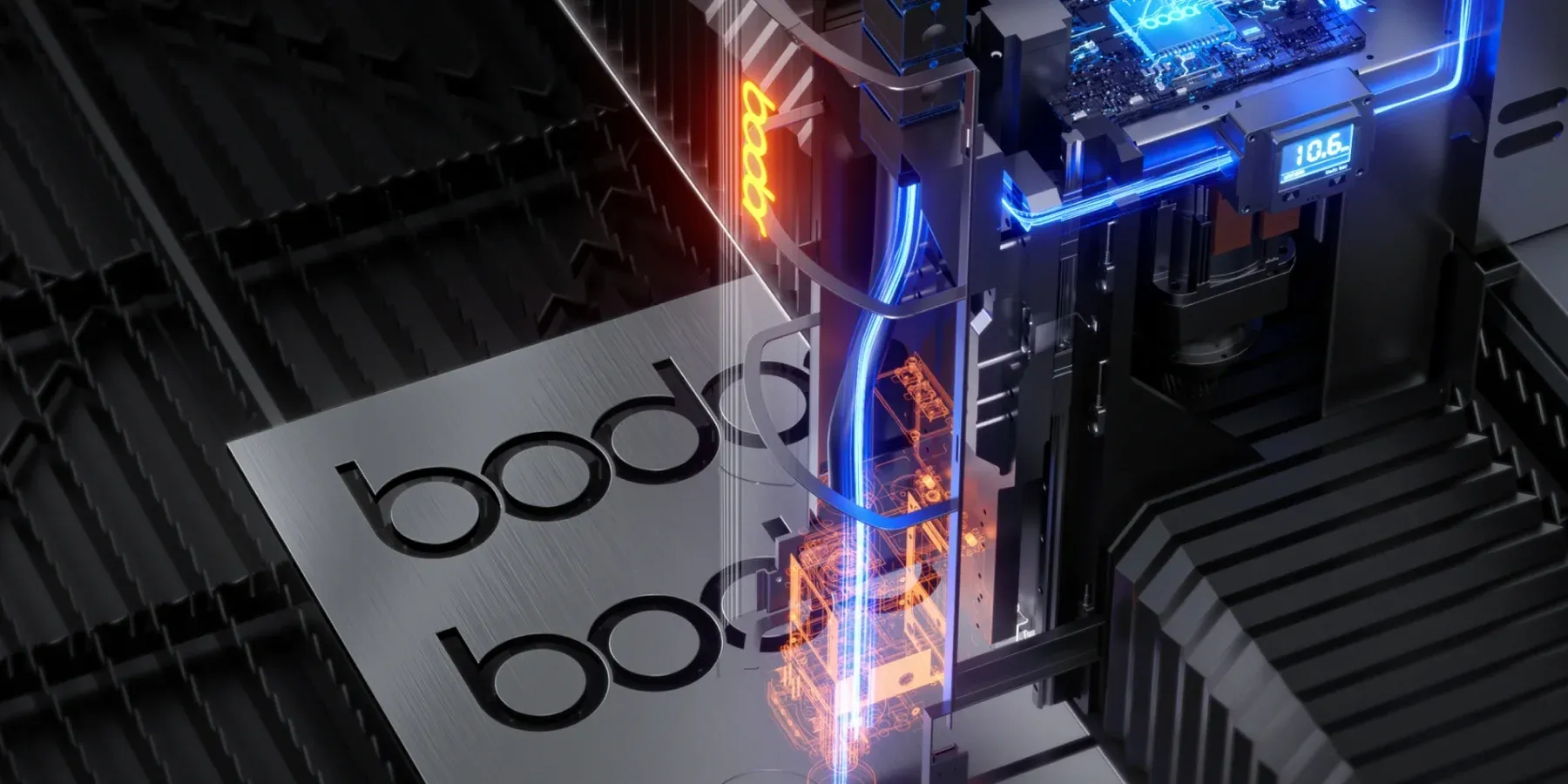In today’s environmentally conscious manufacturing landscape, metal fabrication companies are constantly seeking ways to reduce their ecological footprint. This extends beyond just material waste and delves into the energy consumption and emissions associated with cutting processes. Here’s where industrial fibre lasers take centre stage, offering a significantly greener alternative to traditional CO2 lasers.
Energy Efficiency: A Stark Contrast
At the heart of the environmental advantage lies energy consumption. Fibre lasers are champions of efficiency, converting a much higher percentage of input power into actual laser light. While a CO2 laser might reach only 10-15% efficiency, a fibre laser can achieve an impressive 30-40%. This translates directly to lower energy usage and reduced greenhouse gas emissions associated with electricity generation.
Simplified Gas Requirements: Avoiding Environmental Headaches
CO2 lasers, as the name suggests, utilize a mixture of gases, including carbon dioxide (CO2), helium (He), and nitrogen (N2) to generate the laser beam. These gases require constant replenishment and pose potential environmental hazards if leaked. Fibre lasers, on the other hand, operate solely on electricity, eliminating the need for environmentally concerning gas storage and disposal.
Beam Quality Matters: Reduced Need for Re-work.
The high beam quality of fibre lasers leads to cleaner, more precise cuts with minimal dross (molten metal adhering to the cut edge). This reduces the need for rework processes like grinding or polishing, which often utilize additional energy and generate waste materials. In CO2 lasers, a wider beam profile can lead to a rougher cut edge, requiring more post-processing and potentially generating more waste.
Beam Delivery with a Smaller Footprint
Fibre optic cables deliver the laser beam in a fibre laser system. These cables are thin and flexible, allowing for a more compact and efficient machine design compared to the bulky gas chambers and complex beam paths required by CO2 lasers. This translates to a smaller overall footprint in the fabrication facility, potentially reducing energy needs for heating and cooling.
The Takeaway: A Greener Choice for Every Cut
While both fibre and CO2 lasers offer precise cutting capabilities, the environmental benefits of fibre lasers are undeniable. From superior energy efficiency and reduced gas requirements to cleaner cuts and a smaller physical footprint, fibre lasers represent a significant step towards a more sustainable metal fabrication future. As environmental regulations tighten and ecological responsibility becomes an even greater priority, industrial fibre lasers are poised to become the cutting edge (pun intended) of green metalworking. Let Logi Laser help reduce your carbon footprint. Contact us


